 {{ - - - - - - - - - -
Rodney Leighton, Tatamagouche, Nova Scotia, Canada {{ 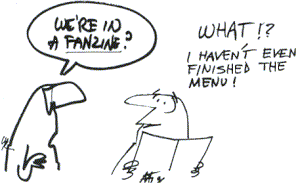 Marisol Ramos-Lum, Playa del Rey, California  Jon D. Swartz, Georgetown, Texas 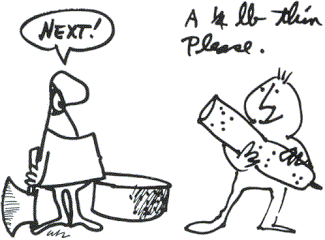 Dave Rowe, Franklin, Indiana 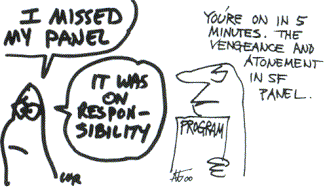 Brad Foster, Irving, Texas {{ 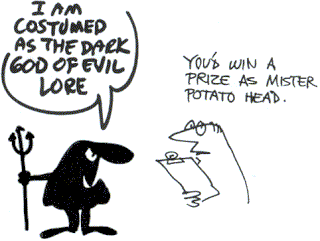 Milt Stevens, Simi Valley, California  Ted White, Falls Church, Virginia 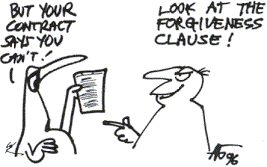 {{ Mike Resnick Cincinnati, Ohio 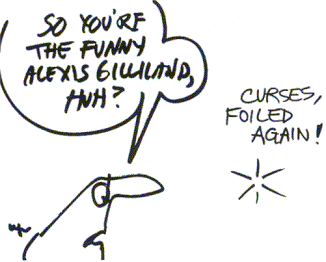 Lloyd Penney, Etobicoke, Ontario, Canada 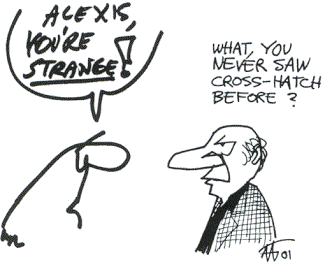 Roger Waddington Norton, Malton, North Yorkshire, United Kingdom  Sam Long, Springfield, Illinois - - - - - - - - - -
Patrick McGuire, Columbia, Maryland {{ 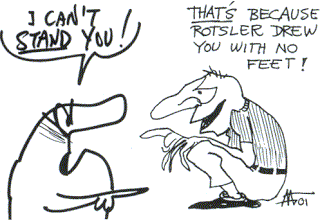 Pamela Boal, Charlton Heights, Wantage, Oxon, United Kingdom 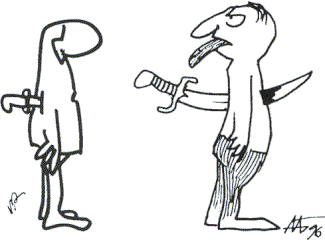 Ron Bennett, Harrogate, North Yorkshire, United Kingdom {{ {{ {{  Steve Sneyd, Almondbury, Huddersfield, West Yorkshire, United Kingdom {{ 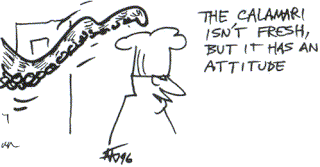 Ian Stockdale, Palo Alto, California 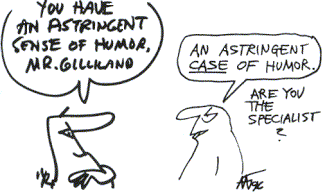 David B. Williams, Whitestown, Indiana {{ - - - - - - - - - -
We Also Heard From: Harry Andruschak, Catherine Asaro, Eloise Beltz-Decker, John Berry, Bill Bowers, Ron Clarke, Carolyn Clink, Juanita Coulson, Chester Cuthbert, Ahrvid Engholm, Sean Russell Friend, Steve Green, Teddy Harvia, John Hertz, Ben Indick, Terry Jeeves, Robert S. Kennedy, Irv Koch, Erica Maria Lacey, Hope Leibowitz, Robert Lichtman, Eric Lindsay, Joseph Major, Lisa Major, Bill Mallardi, Karen Pender-Gunn, Derek Pickles, Charlotte Proctor, Thomas Recktenwald, David Shallcross, Noreen Shaw, Alex Slate, Fred Smith, Dale Speirs, Gene Stewart, Alan Sullivan, John Teehan, Henry Welch, Art Widner, Charlie Williams, and Martin Morse Wooster. Thanks to one and all! 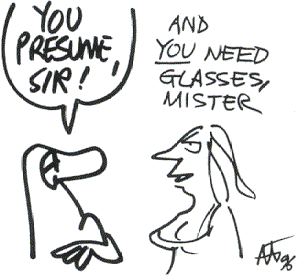 Title illustration by Sheryl Birkhead All other illustrations by William Rotsler & Alexis Gilliland |


|